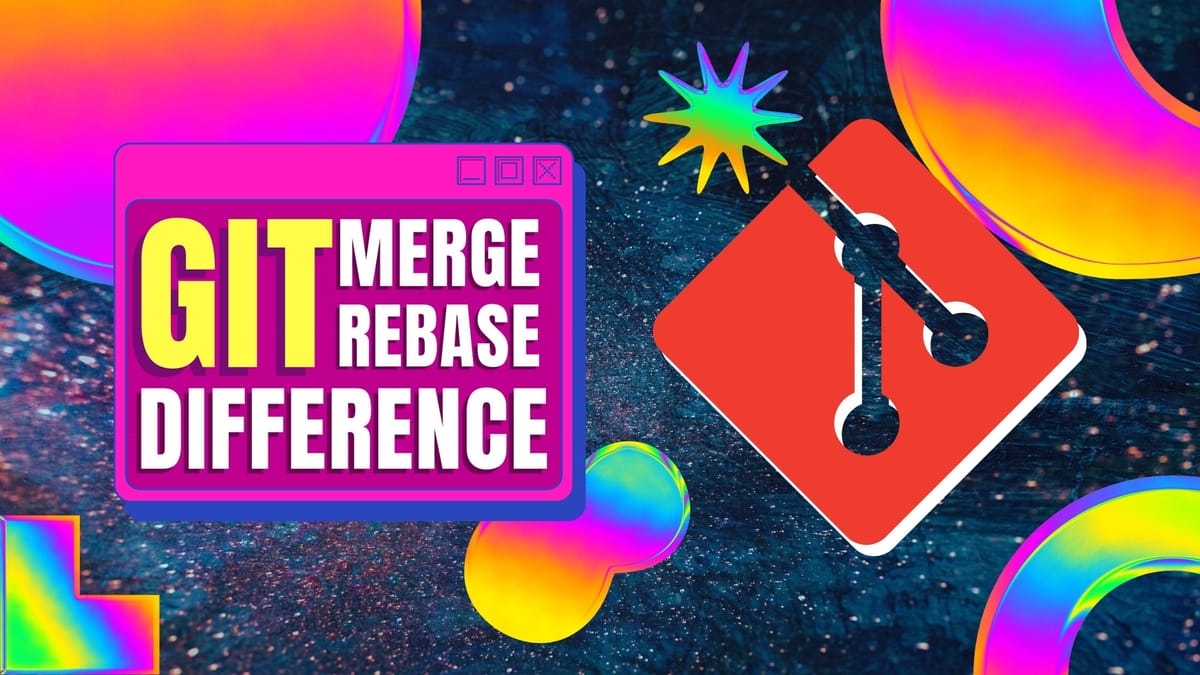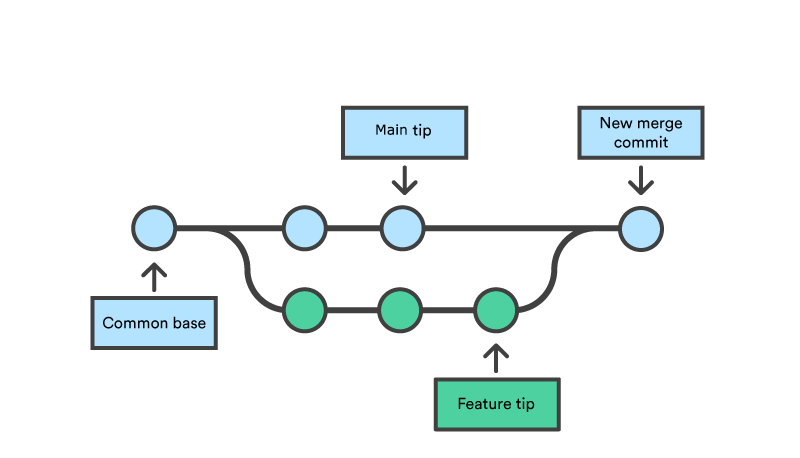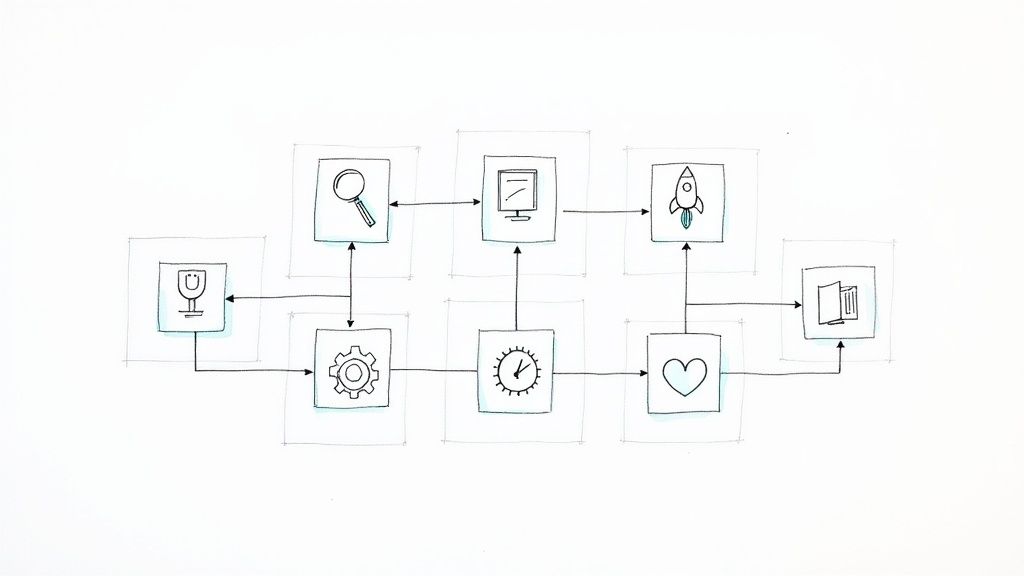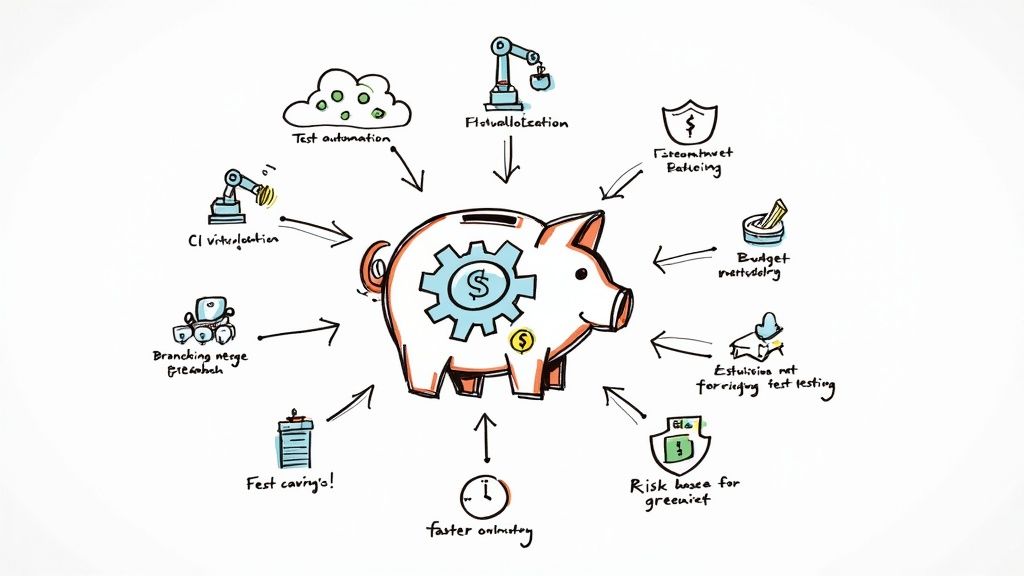Git Merge vs Rebase: What's the Difference?

The field of software development has undergone numerous changes over the years. These changes have brought about major revolutions in designing applications and writing the code that makes them work. As development teams worldwide have grown increasingly complex, so have the tools they regularly use to synchronize their work.
Git is one of the most widely recognized and unanimously adopted version control solutions. Many developers interact with one another through Git every single day and are well-versed in the system's basic mechanisms to track their work and roll back changes if something goes wrong. Multiple people contribute their work to a shared repository in Git, so they branch off of it to complete their code changes before returning them to the public repository.
Bringing changes back into a shared repository from one of its branches involves performing a merge or rebase operation. However, there are multiple ways to use Git, and choosing between a Git merge and rebase is often an intensely debated opinion. Depending on your team's overall strategy and your goals for a given project, one could potentially be preferable over the other. Where some developers would choose to rebase, others might decide to merge, and vice-versa. This article should help you decide which option is ideal for your use case.
Git Merge
Merging is arguably more commonly used than rebasing in Git. This may be partly due to its relative simplicity. Git's merge command joins two (or more) development branches, reuniting diverging branches when tangential work has been completed.

You can merge at any point and with any branches you need—not just the master and feature branches. The actual process that a merge completes involves the following steps:
- First, the merge operation must identify the last commit that the branches chosen have in common. This commit marks the point at which one series of commits diverged from the other.
- Next, the merge operation will replay each change made on the branch to be merged into the current branch until it reaches its tip.
- Finally, the merge operation completes the process by creating a brand new commit ahead of the current branch's tip, where the names and changes of the parent commits are stored along with a user-defined log message.
✅ Benefits
Unlike rebasing, merging does not change or rewrite the history of your repository. This makes it easier to create an accurate record of all of the work that has taken place in your repository as you go along instead of presenting a more polished perspective on the changes that have been introduced.
❌ Drawbacks
Although merging without rebasing is ideal for preserving the full history of your repository, it is not so great for presenting a readable version of that history when projects grow in complexity.
➡️ When to Use Git merge
Use Git merge when the accuracy of your project's history is of the utmost importance.
Git Rebase
Unlike merging in Git, rebasing pulls all of the new commits created since a divergence into a given branch, placing its changes at the tip. This makes it possible to retain a perfectly linear project history once you actually merge your branch into the target branch later on. Instead of proceeding with a so-called "3-way merge" operation accounting for a common ancestral commit, Git performs a "fast-forward" merge. This moves the HEAD pointer to the tip of the target branch, which now includes your once-divergent branch's commits.

✅ Benefits
Keeping your project's history clean and entirely linear is the main reason to choose rebasing over simple merging. Merge operations performed without first rebasing create complex project histories that may require tedious integration work later on.
❌ Drawbacks
Rebasing can be incredibly useful for maintaining a relatively clean and linear project history, but it also has its limitations. One of the most notable issues with rebasing as an alternative to merging is that you will still need to merge your work into your target branch once the rebase operation has been performed.
This means you will need to run git rebase, then check out your target branch and run git merge to get your changes into the branch you intend to include them in. It's a longer process than merely merging branches in the first place and could become tedious over time.
Besides being a longer process than merging, rebasing also carries a risk of failing whenever merge conflicts arise. Git will abort the process at the first commit conflict it encounters, leaving markers in the tree you can find and address manually.
➡️ When to Use Git Rebase
Use Git rebase when your project history's readability matters most to your team.
Make merging more fun with Mergify ❤️
Merge operations can be tedious to handle on GitHub, significantly when developer activity ramps up in your repository. Automation can make a great many things much more manageable. Mergify can help you there. With merge automation, automatic queueing for reviews, and streamlined onboarding enhancements, Mergify can make merging more fun for your team. Schedule a demo today to learn more.





